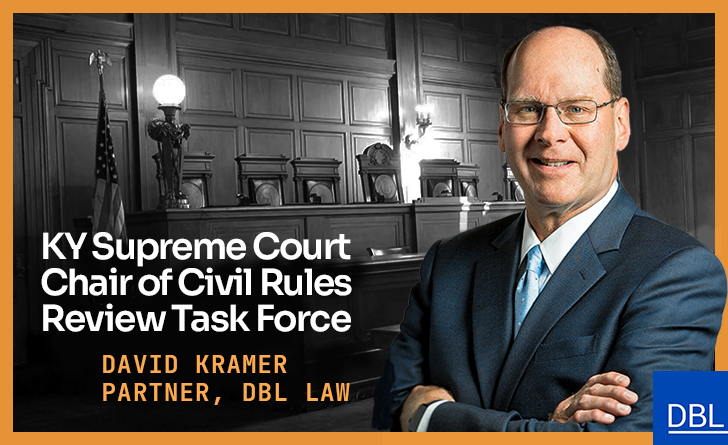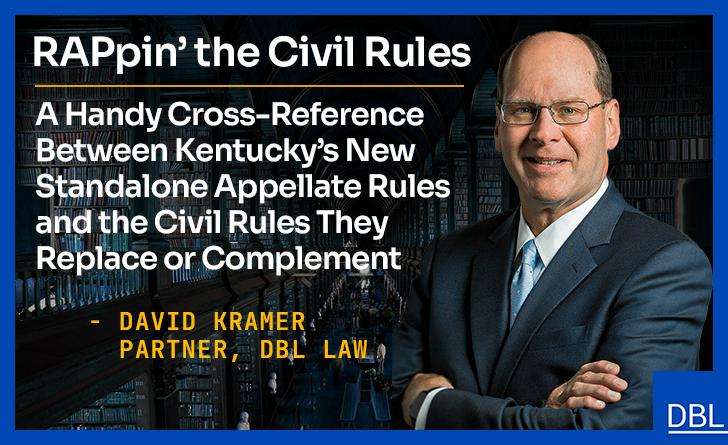In a recent criminal case that has application in civil actions, the Kentucky Supreme Court reversed a murder and arson conviction due to the prosecutor’s admitted strategy of using gender as a factor in making peremptory jury challenges. In Ross v. Com., 455 S.W.3d 899 (Ky. 2015), the Court sent the matter back for retrial after noting that the prosecutor had handed the defense a prima facie showing of gender discrimination “on a silver platter” by defending his strike of an African-American woman with the statement: “In all honesty, I was striking women.” Though that juror was returned to the venire by the trial court, the prosecutor then attempted to defend the use of seven of nine peremptory challenges against other women with vague justifications that did not meet the standard for overcoming a Batson challenge (so called after the United States Supreme Court’s opinion in Batson v. Kentucky, 476 U.S. 79 (1986)). In addition to the admission that he was “striking women,” during voir dire the prosecutor had expressed that he was concerned that women jurors would view the prosecution’s main witness (a woman) more unfavorably than men would.
While the Court noted that “the bar for a nondiscriminatory rationale to satisfy” the Batson test “is set very low,” and that the reason for the strike need only be “a coherent reason” (but not merely “instinct” or “gut feel”), the Court declined to perform the more nuanced analysis typical of appellate review of a Batson challenge because it found the prosecution failed “to provide a nondiscriminatory basis for its use of peremptory strikes.” The Ross decision contains an excellent primer on the process a trial court must use in considering a Batson challenge.
The Batson principle initially dealt only with claims of racial motivation in the exercise of peremptory challenges in criminal cases, but was later held applicable to civil cases, see Edmonson v. Leesville Concrete Co. , 500 U.S. 614 (1991), to strikes based on gender, see J.E.B. v. Alabama ex rel. T.B., 511 U.S. 127 (1994), and to strikes based on ethnic origin, see Hernandez v. New York, 500 U.S. 352 (1991).
A recent Ninth Circuit Court of Appeals decision held Batson applicable to sexual orientation. See Smithkline Beecham Corp. v. Abbott Laboratories, 740 F.3d 471 (9th Cir. 2014). A prior Eighth Circuit case had suggested Batson was inapplicable to sexual orientation. See U.S. v. Ehrmann, 421 F.3d 774 (8th Cir. 2005). The trend in federal courts toward striking down state bans on same-sex marriage on federal constitutional grounds may foretell that the Equal Protection Clause of the U.S. Constitution – the basis for Batson and cases that extended it beyond race – will preclude use of jury strikes based on sexual orientation. However, the constitutionality of same-sex marriage bans is currently pending in the United States Supreme Court, with a decision expected before the Court adjourns for the 2014-15 term in the next few weeks. That decision is likely to affect lower courts’ rulings on whether a peremptory jury strike based on sexual orientation violates Equal Protection.
The case law outlined above suggests that prudent trial lawyers should have a coherent non-discriminatory explanation ready for using a peremptory challenge against a member of a protected – or potentially protected – class of persons.
Note: The foregoing post includes commentary reprinted from the forthcoming 2016 supplement to 7 Philipps & Kramer, Rules of Civil Procedure Annotated, 6th ed. (Kentucky Practice Series), by David V. Kramer, with permission of the author and publisher. Copyright (c) 2015 Thomson Reuters. For more information about this publication click here.
David Kramer is a Partner in the law firm of Dressman Benzinger LaVelle, with offices in Cincinnati, Ohio, Crestview Hills, Kentucky, and Louisville, Kentucky.



